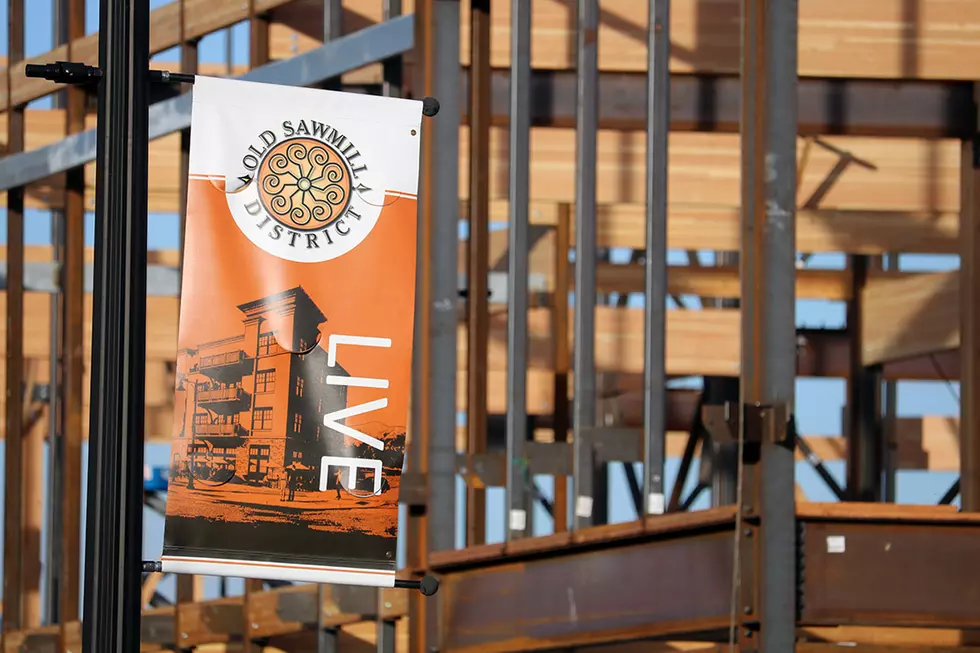
Missoula Planning Board approves zoning amendment in Old Sawmill District
Citing changing market conditions and design challenges, developers at the Old Sawmill District are seeking a small zoning amendment that removes the narrow use requirements created when the project was initially approved 15 years ago.
With new portions of the district moving forward, architects have encountered challenges in meeting the strict definition of required uses on the ground floor, particularly relating to retail and restaurants.
Removing those restrictions opens up a wider range of options, both in use and design, they said. The Consolidated Planning Board approved the amendment Tuesday.
“This particular amendment is appropriate given today's situation,” said board member Dave Loomis. “The district has already been established, we're just revising and tweaking a very small portion of it.”
Don MacArthur with MacArthur, Means and Wells Architects, said recent projects under construction encountered design challenges given the use requirements in zoning.
Among them, connecting underground parking with upper floors – and through the required uses on the ground floor – made design difficult. Eliminating the use requirements frees up the design of upcoming projects while staying true to the district's mixed-use goals, he said.
“This proposal does not in any way change what's possible in the district. What was possible before is still possible,” he said. “We think it meets the goals of neighborhood mixed-use and land-use designation, and removes the restriction that you have to do this or that on the ground floor.”
The amendment removes the requirement of placing retail or restaurant at street level on certain streets withing a limited portion of the district. It also expands the uses that are possible.
The changes only apply to street-level requirements on portions of Silver Parkway and Moose Creek Trail. Removing the use restrictions gives developers more flexibility, and allows uses that are guided by economic viability.
“In 2007 when this subdivision was first subject to rezoning, there was more of an active idea of creating a particular kind of retail action in this district than there is now,” said MacArthur. “The real retail centers of town are in the central business district and along the Hip Strip. The developers have more trouble leasing or finding tenants for retail space in this area because market demand is a little less.”
MacArthur and members of the planning board said cleaning up the zoning to reflect modern trends and market conditions will help set the groundwork for new phases of the project, which are close to moving forward.
MacArthur said the district is now poised for additional growth.
“When Phase 2 is filed, it will be the rest of this commercial district and a good portion of the residential. Things are happening,” he said. “The economy right now is really driving this. Now is a good time to take the next steps, so we're hoping to get this minor area of zoning cleaned up.”
The zoning amendment must also be approved by the Missoula City Council.
